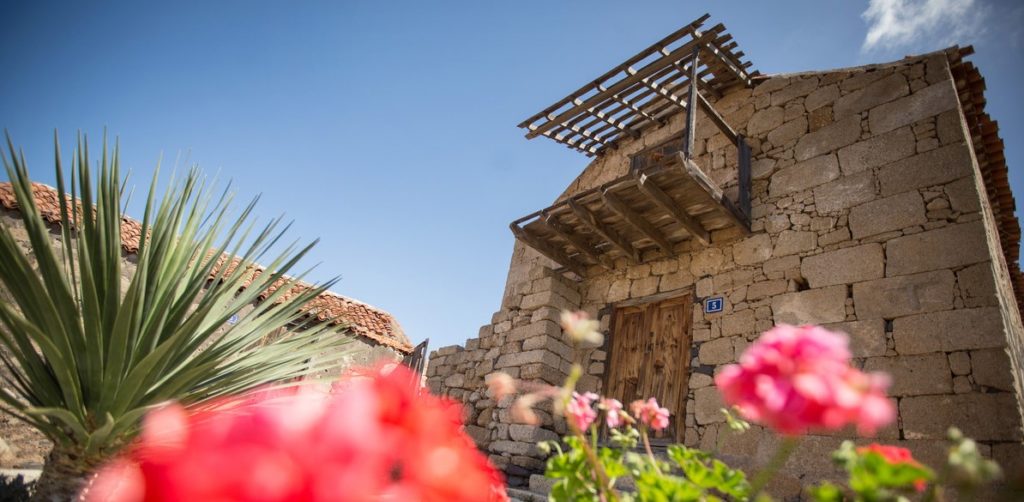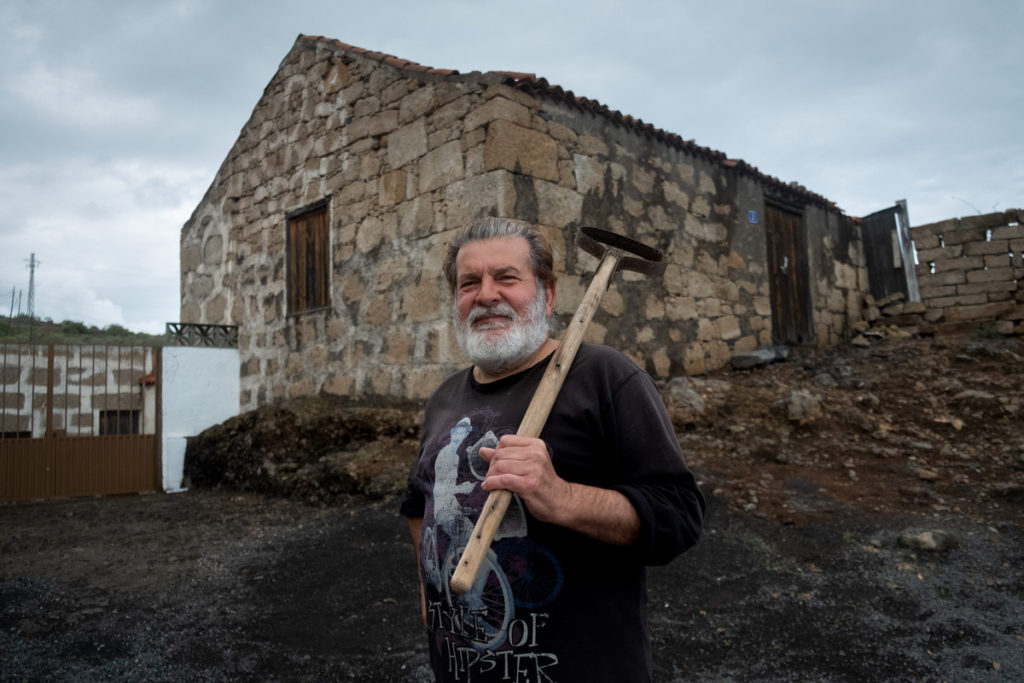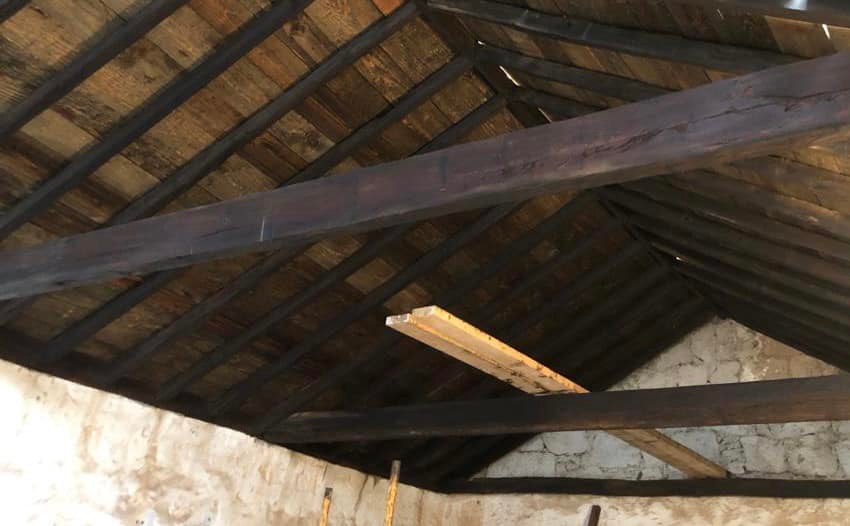
Nine months ago DIARIO DE AVISOS alerted that the roof of the emblematic barn, also called the Casa del Balcón, in the historic hamlet of Icor, in the municipality of Arico, it was about to collapse, in addition to presenting cracks in some of its walls. So, the Fuertes family (Ignacio, father and Vanesa, daughter) They obtained the permission of the Cultural Heritage of the Cabildo to act, but they lacked the municipal license. Once achieved, and after a grant from the Cabildo that arrived in September, the rehabilitation of the roof in the barn and in two other houses will be a reality at the end of this week.
Vanesa Fuertes highlights that the restoration of the roofs has been carried out with tea where it has been possible to recover or aged pine to maintain the architectural value of some buildings from the seventeenth century, as required by the project endorsed by the Cultural Heritage of the Cabildo, initially appraised in 15,000 euros, although “in the end it has cost us more than double”, passing the amount of the subsidy given by the Insular Corporation, without receiving a euro from the Arico town hall, beyond granting the building license. “We are very proud of the intervention and that Heritage has given us permission to place bathrooms in those three houses, but it will be on another occasion because now we no longer have more funds,” lamented Vanesa Fuertes, a lover of climbing in the ravines of Arico, ‘guilty’ of convincing his father, a native of Valladolid, to buy those three historic houses, which also have a cave full of utensils of great ethnographic value, when he told him that he was going to spend his retirement in Malaga. In the end, he bought a house from 1950, convinced by his daughter, and with the purchase came three historical buildings and a vegetable garden where Ignacio entertains himself with his guataca.

The Fuertes family wanted to thank Polegre Arquitectos, especially Tania Rodríguez, and Gabriel D’Angelo, from Reformas y Restauraciones, for the great work carried out in just two months, to make possible such a meticulous restoration of a historical heritage and BIC of Tenerife.
The Icor farmhouse stands out for its great architectural, ethnographic, archaeological and landscape value, a jewel that has remained imperturbable over time, dating its first houses from the 17th century, as the most significant that the barn maintains in its upper part or drying room, which according to its owner Ignacio Fuertes, can be located in 1628.
The Icor hamlet was created by families who were dedicated to the cultivation of wheat, vineyards and fruit trees, and to the livestock of goats and sheep, while others lived in Guanche caves that abound in the area, one of them under the large barn or drying room tobacco, a real museum that is already being visited almost every day by groups of tourists. “Last weekend we almost couldn’t cope, with about six groups that visited us, being delighted,” says Vanesa.

The hamlet of Icor is located next to the Carretera del Sur (TF-28) on a hill above the ravine that gives it its name and below Madre de Agua, where there are the historic washing places of a settlement prior to the arrival of the Castilians, dating their current houses from the seventeenth century. Icor is located at 330 meters of altitude and from there you can see part of the midlands, the forest crown and the east coast of Tenerife, in addition to the invasion of the wind farms, the future that rivals the past in the area. Its main value is its traditional Canarian houses, with a rectangular floor plan and an interior patio. Some are two-story, with a wooden staircase to access the old barns. The walls are made of masonry and a gabled roof.















